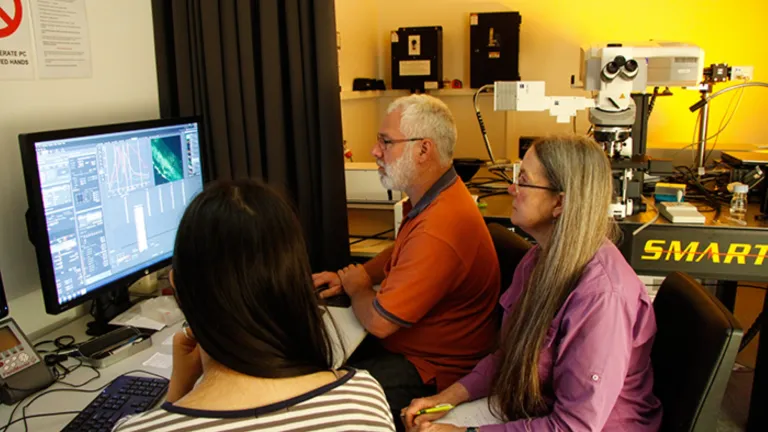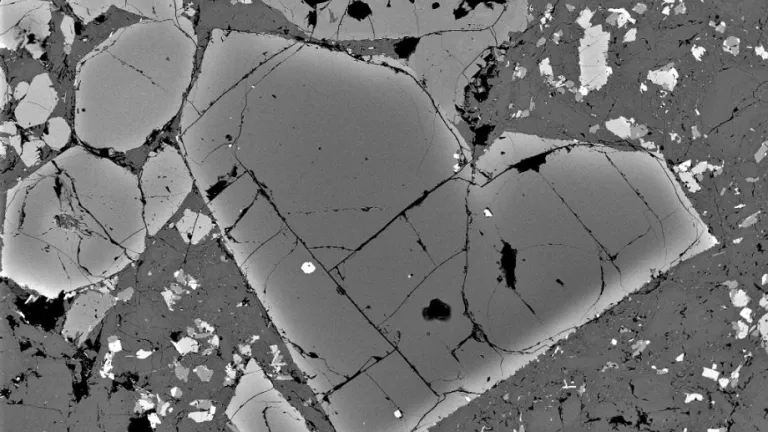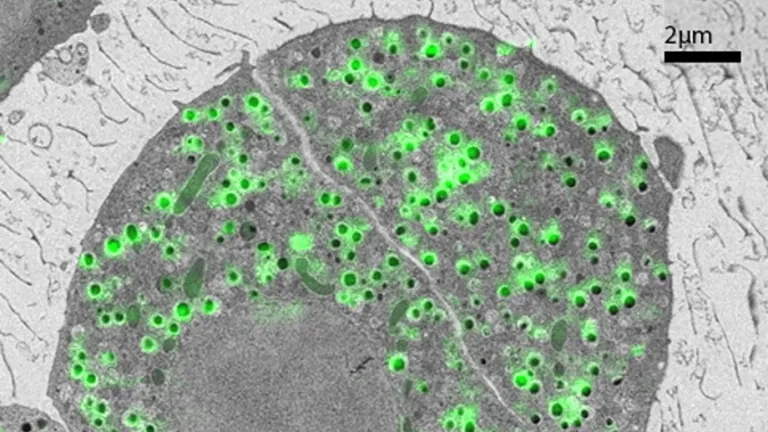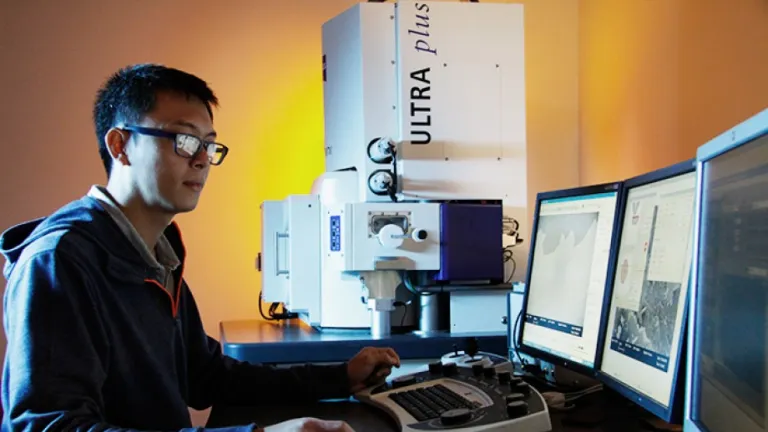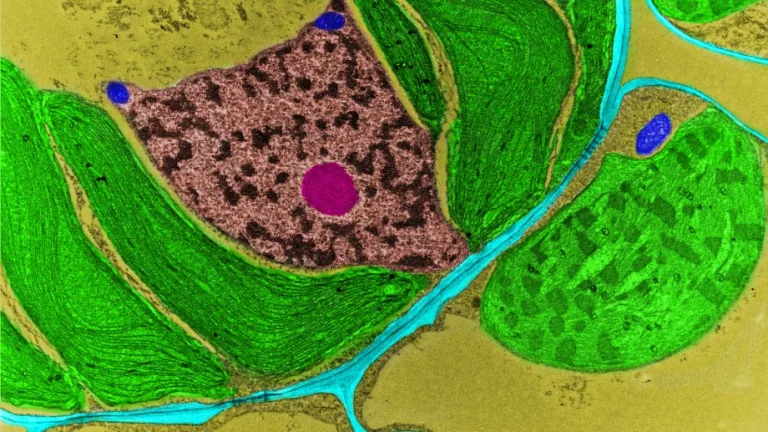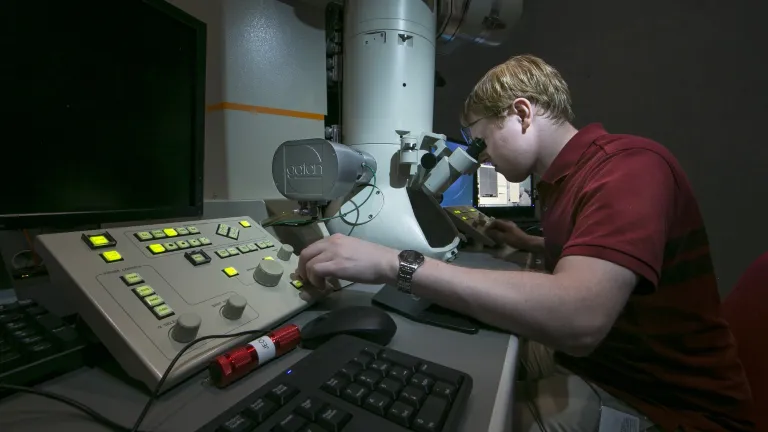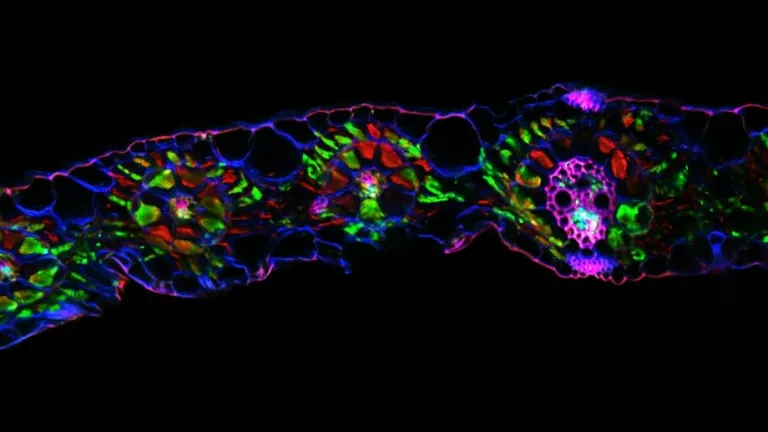
Courses
View our list of courses to see how you can improve your knowledge and skills, and get better results from your analyses.
Our training workshops provide a deeper understanding of the capabilities you are accessing at CAM and give insights into sample preparation and microscopy/microanalysis techniques to improve your data capture and analysis. We can also offer custom courses for groups (e.g. cryo techniques). Please contact us if you are interested.
Please note:
- All new users are required to attend an introductory course within 6 months of registration.
- Workshop dates are subject to change.
- A 'no-show' or cancellation without prior notice will result in being charged the full workshop fee

